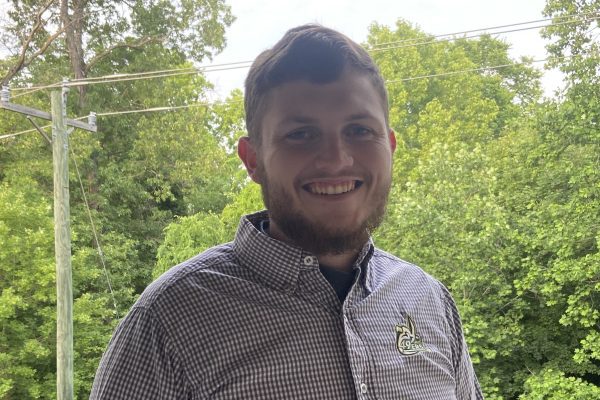Stephen Lail named one of the 2022-23 Undergrad Scholars by NC Space Grant

NC Space Grant is excited to announce the recipients of the 2022-23 Undergraduate Research Scholarships and Graduate Research Fellowships. Joining the NC Space Grant family from universities across the state, these students will be involved in research spanning different science, technology, engineering, and mathematics (STEM) studies relating to aerospace and aviation fields. These students will participate in pertinent research as they work toward future scientific and technological breakthroughs.
“We are excited to support another class of impressive young researchers as they embark on their projects,” says Jobi Cook, associate director for NC Space Grant. “It is a joy to be a part of their promising STEM journeys. We proudly congratulate every scholar and fellow on this accomplishment.”
Undergraduate Research Scholars will receive the unique experience of conducting basic or applied research in aerospace-related disciplines. Students will lay the groundwork to potentially translate their STEM disciplines into careers in space science, as they forge relationships with mentors from their universities and others in the NASA and aerospace community.
The Graduate Research Fellows –hailing from fields of study ranging from astrophysics, plant biology, and chemistry to physiology and mechanical engineering– will explore a full spectrum of research topics, from probing planetary origins and evolution, to testing fluid artificial muscle bundles for musculoskeletal rehabilitation of astronauts, to utilizing a handheld sunphotometer for validation of satellite-measured aerosol optical depth.
Stephen Lail (Senior Undergraduate) and Dr. Drew Syverson (PI – Research Assistant Professor) – Phosphorous availability from anoxic weathering of olivine
This research project, funded by the North Carolina Space Grant – NASA, will examine how the limiting nutrient phosphorous is released into or removed from the marine biosphere from weathering of oceanic crust at conditions like that of early Earth, prior to and after the Great Oxidation Event approximately 2.4 – 2.0 billion years ago. This is important since it is commonly assumed that early Earth lacked this important nutrient in the oceans since phosphorus was assumed to be removed by oceanic crust weathering and only derived from weathering of continents, which were not as abundant compared to modern Earth. We will conduct laboratory experiments to mimic early Earth conditions to test the bioavailability of phosphorous derived oceanic crust weathering. Studying this process will help NASA in their search for extra-terrestrial life on potentially habitable water-rich exoplanets and better understand how life flourished and evolved during this period of Earth’s history.